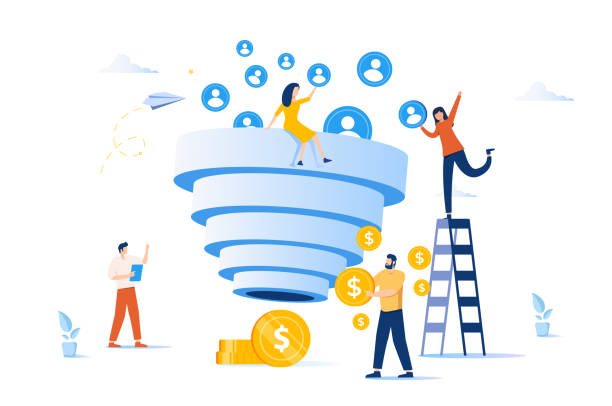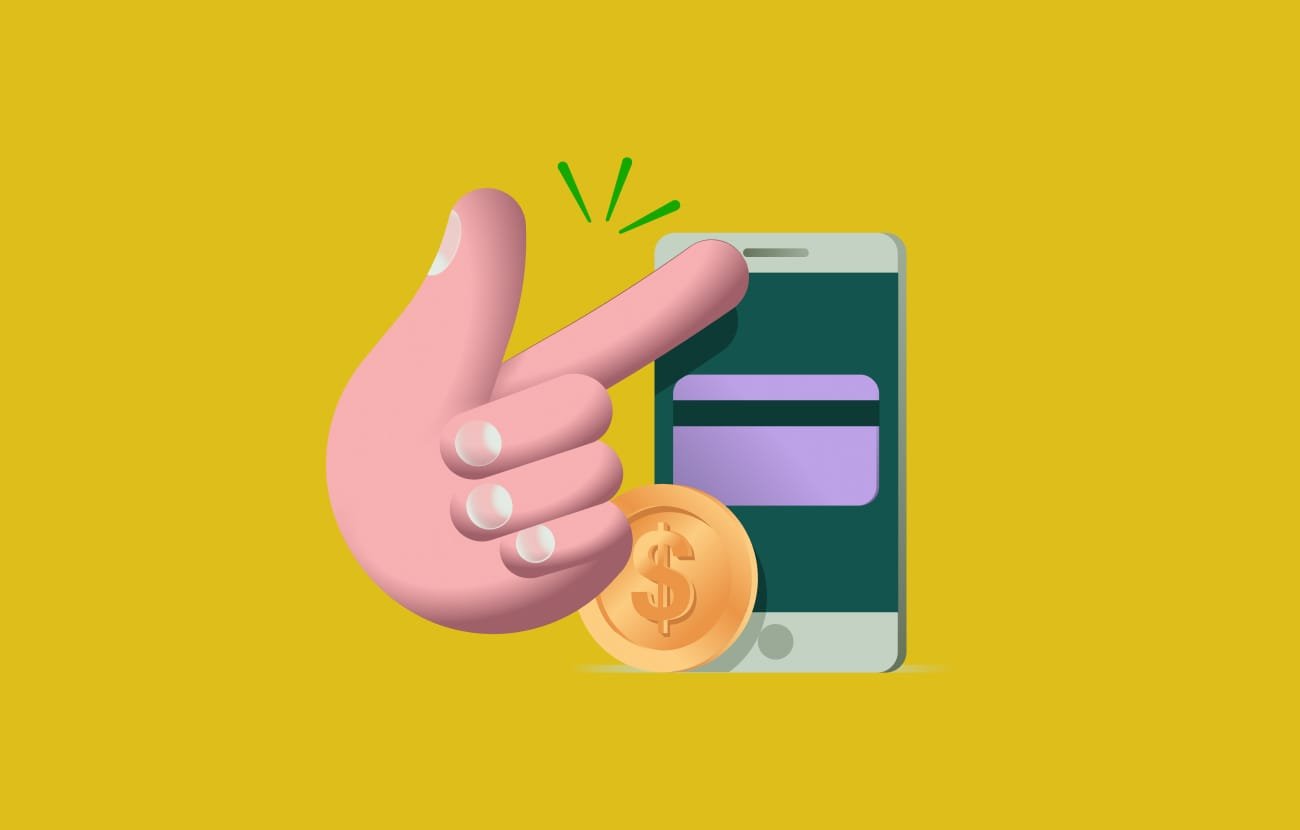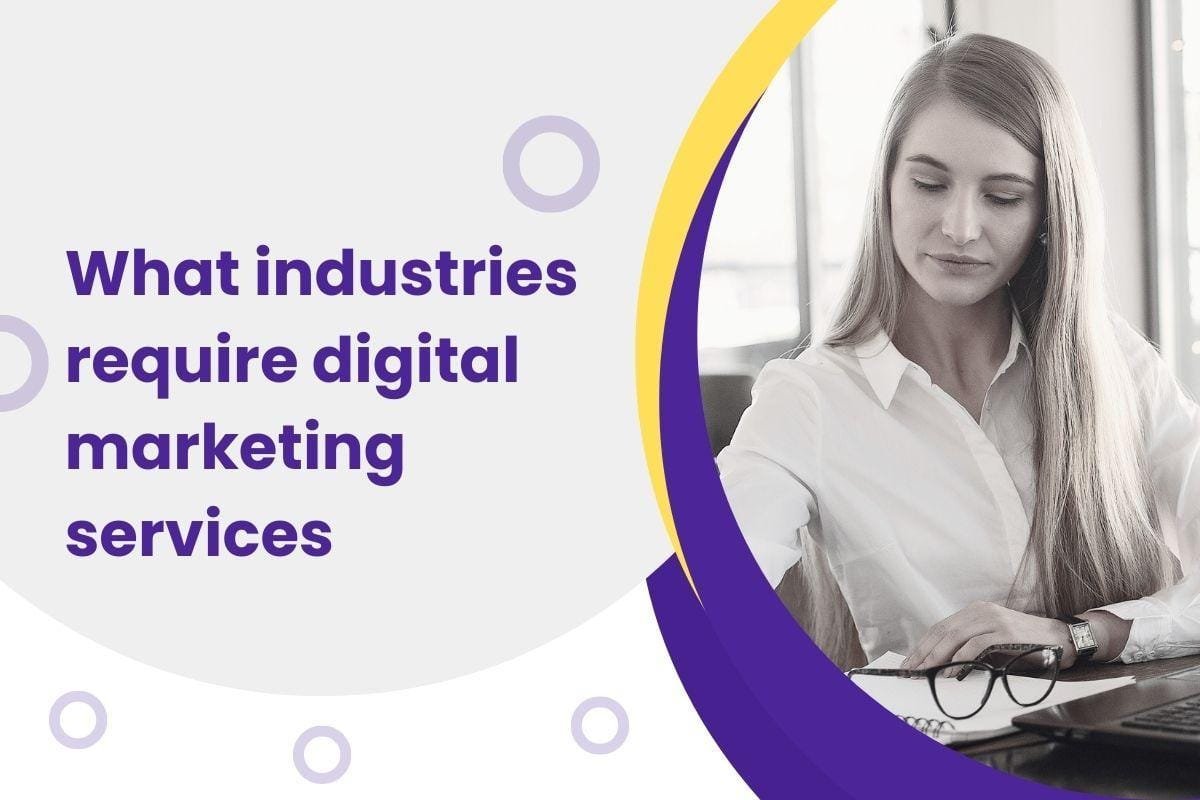Last updated on September 15th, 2024 at 06:07 am
In our dynamic business world, understanding sales strategy and customer behavior is crucial for the growth of any business. The sales funnel, a time-honored marketing concept, is a fundamental part of this process. Focusing on all stages of the purchasing journey, it’s a comprehensive tool to handle prospect identification, lead nurturing, and sales conversion.
However, the ultimate success lies in the last stage of the funnel: the bottom. It’s where the final conversion happens, turning prospects into paying customers. Whether you’re a business owner or a lead marketing executive, this article will help shed light on the importance of bottom of the funnel meaning in sales and how to make the most of it. Keep reading to learn more.
Understanding the Sales Funnel: Overview and Importance
The concept of the sales funnel is that potential customers start as a broad group and gradually diminish in size as you lead them through the buying process, similar to the narrow shape of a funnel. For businesses, this serves as a strategic tool for understanding and managing the customer journey efficiently.
The importance of a well-planned and executed sales funnel cannot be overemphasized. It allows businesses to visualize the buyer’s journey, identify possible weak points or bottlenecks, and improve conversion rates. Moreover, by identifying where in the funnel potential customers are, businesses can deliver focused marketing messages.
Breaking Down the Stages: Attracting, Engaging, and Converting
Though the traditional sales funnel may vary slightly across different businesses or industries, it consists of three primary stages: awareness, consideration, and decision. Each stage corresponds to a certain phase in the prospect’s buying journey and requires different marketing approaches.
In the awareness stage, the main goal is to attract potential customers. Whether through social media marketing, direct marketing, or organic search engine traffic, the objective is to make an initial connection with the target audience and spark their curiosity.
During the consideration stage, the prospects are already attracted to your product or service. However, they’re still weighing their options. This stage demands targeted marketing messages and engagement tools, like webinars, informative videos, or case studies, to steer the potential buyer toward a decision.
The Bottom of the Funnel: Significance and Tactics
Moving down from the wider end to the narrow base of the sales funnel, you naturally lose some potential customers along the way. However, those who reach the bottom of the funnel are regarded as highly qualified leads, showing clear signs of purchase intent. Hence, this stage is vital for converting these motivated prospects into customers.
There’s no one-size-fits-all approach to managing the bottom of the funnel. Nevertheless, powerful tactics include personalized interactions, tailored promotions, and compelling calls to action.
Strategies To Optimize the Bottom of the Sales Funnel for Higher Conversion
Optimizing the bottom of the funnel is a continual process that needs regular tracking, testing, and tweaking. Conversion rate optimization (CRO) is the key strategy for enhancing the efficiency of this final stage. It includes techniques like A/B testing, usability testing, and conversion path analysis.
Moreover, mobile optimization is another crucial aspect. With many users browsing on their smartphones, ensuring a seamless mobile experience often leads to higher conversion rates.
Leveraging Customer Retention and Loyalty for Ongoing Success at the Bottom of the Funnel
Reaching the bottom of the funnel doesn’t mean the end of your relationship with the customer. Repeat business often proves more profitable and demands less effort than acquiring new customers. Therefore, maintaining a nurtured relationship with customers post-purchase contributes to ongoing success at the bottom of the funnel.
Customer retention strategies include a strong focus on product quality, excellent customer service, and ongoing customer engagement. Offering incentives for repeat purchases, like discounts or loyalty programs, can also turn one-time customers into loyal advocates for your business.
Understanding the sales funnel, specifically the bottom of the funnel, is critical for maximizing business success. By employing effective strategies at each stage and sustaining customer relationships post-purchase, businesses can convert promising leads into loyal, repeat customers.

















Leave a Reply